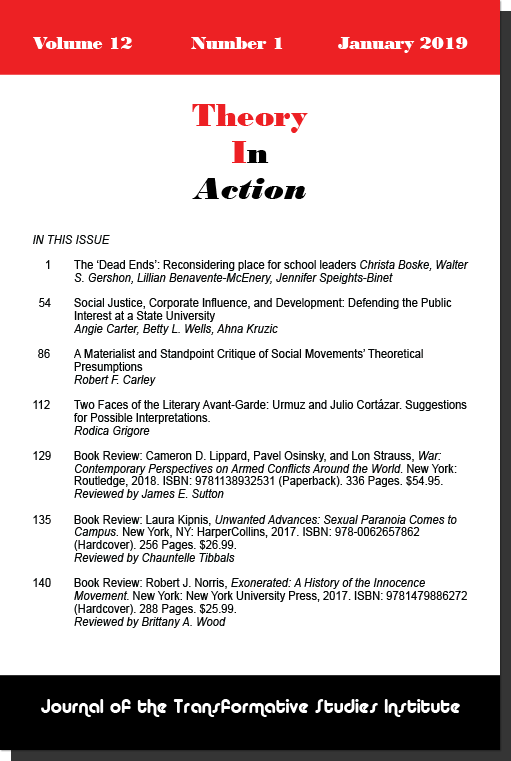Michelle Brown
New York University Press (2009)
Reviewed by Ernesto Aguilar
It is impossible to come in contact with commercial media and not be exposed to the specter of criminal justice as entertainment. Turn on the news and you can see car chases. Turn on afternoon fare and it is syndicated reality shows featuring people being chased down by police. Primetime offers serialized prison action-adventures, courtroom procedural dramas and yet more reality shows of sassy judges, valorous cops and children wheedling their way through the juvenile justice system. Crime, punishment, but not the root causes, are today part of the lexicon of distractions, and a book argues society is far worse for it.
In Ohio University instructor Michelle Brown’s book, The Culture of Punishment: Prison, Society and Spectacle, the treatment of criminal justice as spectacle — as well as more insidious methods, such as making surveillance a televised affair — contributes to its devaluing, especially for classes of people least impacted by it.
Brown’s scan of these matters is fresh and important for people to grasp. Race and class distinctly define how people experience the criminal justice apparatus. In her view, those most removed from the jarring realities of law enforcement, trial and incarceration — white, middle-class Americans who do not endure the experiences of economically disadvantaged people of color — become passive supporters of the abuses heaped on these communities. The treatment of criminal justice as a television drama or a video-game title further desensitizes the population from precisely how brutal and unjust some practices are for other people. Thus, prison, corrupt police and unfair trials to whites may seem like the stuff of fantasy or, even worse, basis for street cred, but for Blacks and Latinos, such issues are real and can (and do) result in broken families, death and years in confinement.
Yet more appallingly, are the ways race and class shape the experience, both affect how society judges perpetrators, crime and punishment. To upper-class whites, who may lack the experience or clarity to understand convicting someone’s son, brother, father or husband to 20 years in prison is, in fact, two decades of life, believing in the sanctity of the law has a different gravity than for those who have historically faced discrimination, mistreatment of family and friends by the system and may not believe the philosophical foundations of equality and fairness never apply to them. Amid pundits and politicians demanding tough-on-crime jockeying, the full application of that intolerance is on display. What the callousness means in a few generations, especially if historical divides continue, is yet to be understood.
Brown’s way of telling these stories packs a real punch. While many researchers have plumbed for reasons why race and class so divergently distinguish life in the United States, The Culture of Punishment puts forward new information boldly and in a way everyone can understand.
